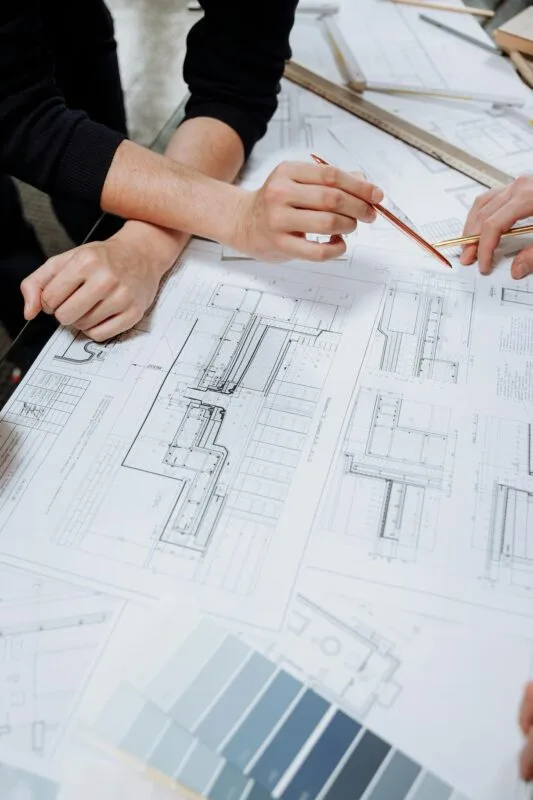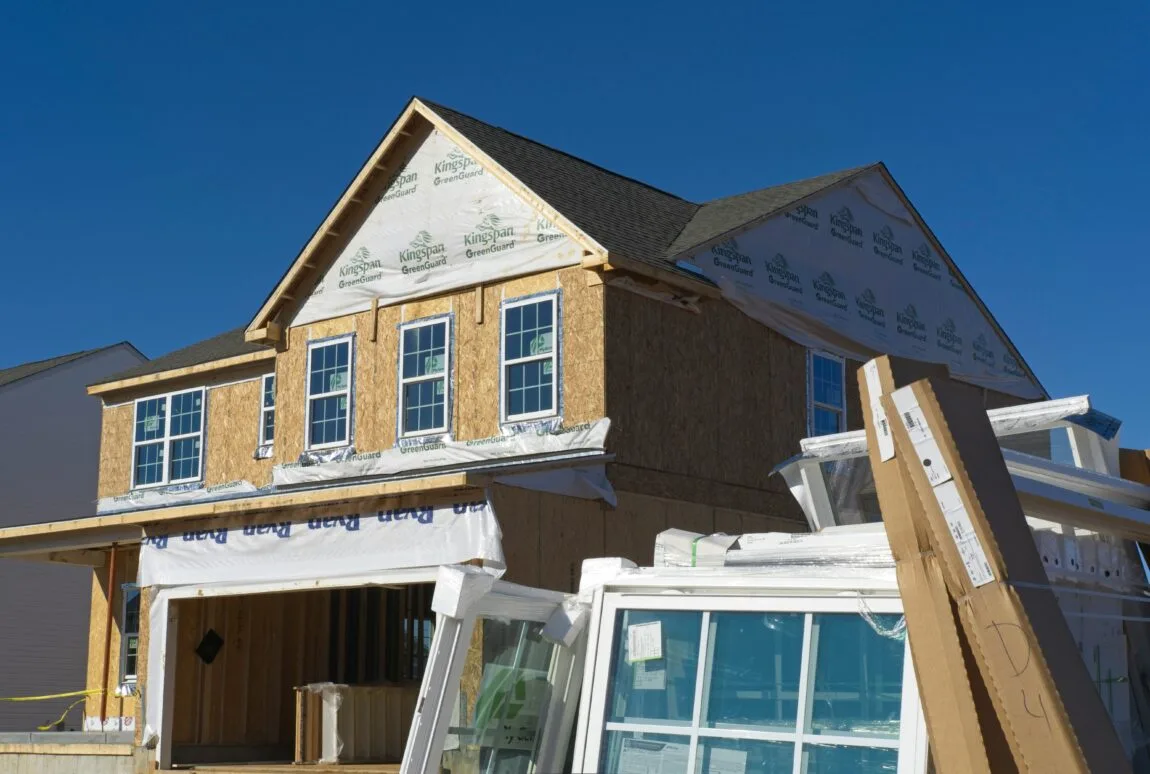In construction, numbers matter.
Or more precisely, you need detailed planning in order to calculate materials and costs to stay on budget. The main planning process, also known as the construction take off process, makes it so every material needed for a project is accurately quantified. When the construction take off process is done correctly, everyone from project managers to contractors can continue working while avoiding errors and delays.
A material take off gives everyone all the necessary information to move forward confidently, whether it involves steel beams, drywall, or smaller elements such as nails and screws.
Above all, construction take offs are ultimately about building a clear understanding of what each phase of construction requires. When done properly, a construction take off lays the groundwork for a reliable takeoff estimate, which impacts project budgeting and timelines. Accurate take offs help reduce risks, prevent material shortages, and avoid disputes in construction contracts for both large-scale developments and smaller projects.
What is a construction take off?
A construction take off is all about making sure you have the right materials lined up for your project before the first shovel hits the ground. It’s the step where project managers and contractors figure out exactly how much material they’ll need. Get this wrong, and you’re looking at delays, unexpected costs, or worse—legal disputes.
The term material take off zooms in on the specific job of calculating the quantities of materials required. Everything from rebar for structural support to insulation for energy efficiency has to be accounted for. This step ensures you’re not buying too little (causing delays) or too much (wasting money).
But a construction take off does more than just help with logistics, as it can also save you from legal headaches. An accurate take off sets clear expectations among everyone involved, preventing disagreements over missing materials or supply delays, which can lead to disputes over construction contracts.
If you nail this process early enough, you’ll avoid surprises that could escalate into construction legal risks later down the line.
Who performs the construction take off?
The construction take off process usually involves a few key players. Estimators, project managers, and engineers all play a role in making sure the right materials are accounted for and quantities are accurate.
Estimators typically take the lead, using the project’s blueprints and specifications to pull together the material take off. They calculate everything from the amount of steel needed for a high-rise structure to the number of screws needed for interior finishes. Then, project managers work alongside estimators to ensure the take-off aligns with the project’s overall schedule and budget. Lastly, engineers might step in to validate specific material requirements or suggest alternatives based on project constraints.
However, with the increasing complexity of projects these days, professionals no longer rely on manual methods alone. Advanced technology plays a huge role in streamlining the take-off process.
Digital tools like AI contract review software, can speed up the material calculation. These tools help to catch inconsistencies early, avoiding errors later in the project. When integrated, tech can help prevent disputes that often arise in construction contracts by ensuring that all parties are on the same page.
How to perform the take off process
The goal of performing a construction take off is always the same—getting an accurate count of all the materials your project will need. Here’s a step-by-step breakdown of how to get it done:
- Start with the plans. First, grab the blueprints or digital plans for the project. These will be your roadmap. You’ll need to look over every detail—walls, flooring, structural elements, and finishes—to identify the materials required.
- List every material. As you go through the plans, note down everything you’ll need: concrete, steel, drywall, wiring—whatever the project calls for. Break it down by type and size, ensuring no details get missed. This forms the foundation of your material take off.
- Calculate quantities. Now comes the number crunching. For each material, figure out how much you’ll need. This could be measured in square feet for flooring, cubic yards for concrete, or linear feet for wiring. If you’re doing this manually, don’t forget to double-check your number to avoid small miscalculations.
- Double-check your work. Whether manual or digital, it’s always smart to review your take off. Overestimating or underestimating materials can lead to expensive changes later on. At this stage, it’s crucial to get everything right to avoid potential delays and legal issues down the line.
- Digital take offs. You can save time automating by pulling material lists directly from the blueprints and running calculations in seconds with AI. Even better, tools like AI construction contract review (Superlegal) ensure that your take-off aligns with the lump sum contracts requirements. They can flag potential inconsistencies in contracts and help you avoid costly mistakes before they happen.
What to include in a material take off

To get your material take off right, there are a few key elements you’ll need to focus on:
Quantities
Every material on your list needs an exact quantity. This includes everything from large items like steel beams to smaller components like screws or nails. Misjudging the amount of material can quickly throw your project off course, leading to delays, extra costs, or supply shortages.
Units of measurement
Materials need to be listed with the correct units of measurement. Square feet, cubic yards, or linear meters, precision matters. Misunderstanding or misreporting units can lead to serious issues. One example would be mixing up cubic meters and cubic yards, which can result in major errors in ordering concrete.
Types of materials
Along with the quantities, you’ll need to list out the exact types of materials required. This means breaking it down by size, grade, and specifications—like what kind of steel or specific types of insulation the project calls for. This level of detail prevents costly substitutions or reorders later in the process.
You may be interested in:
Overcoming Construction Material Cost Increases: Practical Tips To Reduce Costs
Subcontractors Tips For Efficiency, Scaling, And Managing Risks
Construction Soft Costs: Types, Estimation, and Best Practices
Construction take off vs. take off estimate: What’s the difference?
A construction take off focuses purely on the quantities of materials required for the project. It’s about measuring what’s needed—everything from the amount of concrete for the foundation to the number of windows for a building. This process ensures that every material is accounted for.
On the other hand, a take off estimate takes those material quantities and translates them into costs. It factors in pricing for materials, labor, and other associated expenses. Essentially, the takeoff estimate connects the dots between what the project requires and how much it will cost, forming the budget.







By entering your email, you agree to our Terms & Conditions and Privacy Policy.